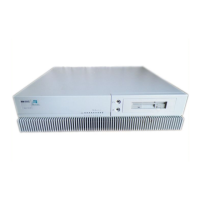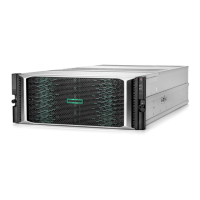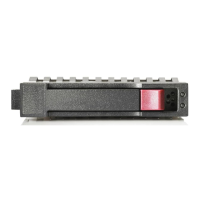Reference 37
SCR Reference (man Pages)
scr (5) - Collecting Configuration Data into SCR
• Data expiration and data collection timeout parameters can be
customized with the -e and -t options. See the scrconfig (1M)
manual page for details.
Collecting Configuration Data into SCR
• For scheduled data collection, no further action is required. A
daemon process is invoked by the init process and does all work.
• For on-demand data collection, use scrupdate. For example, type in
the following line to initiate data collection to managed node node1:
# scrupdate -n node1
To check the data collection status, use the scrstatus command,
which provides a summary report for last, current, and scheduled
data collection in time order.
# scrstatus
TIME (START - STOP) NODE STATUS DETAIL
02/06/1999 12:05 - 12:08 PST node2 Completed
02/06/1999 12:15 - 12:17 PST node1 Warning - AcErr -
02/07/1999 16:37 - PST node1 Executing
02/07/1999 00:05 - PST node1 Scheduled
02/07/1999 12:05 - PST node2 Scheduled
The first entry above shows past data collection. The second entry
shows incomplete data collection, and the detail entry indicates the
node was not accessible. The third entry shows data collection
currently being performed. The last two entries show data collection
scheduled in the future.
Track Configuration Changes with SCR
• List configuration update time for managed nodes with the scrhist
command. This generates a brief listing of node, time and tag
information. This list is the first step in looking at configuration
changes. For example, the output of the scrhist command may be:
# scrhist
NODE TIME ERR TAG
node1 03/23/1999 12:25 PST oldest
04/10/1999 13:25 PDT latest
node2 02/07/1999 12:05 PST oldest
02/14/1999 12:05 PST
04/10/1999 13:05 PDT latest

